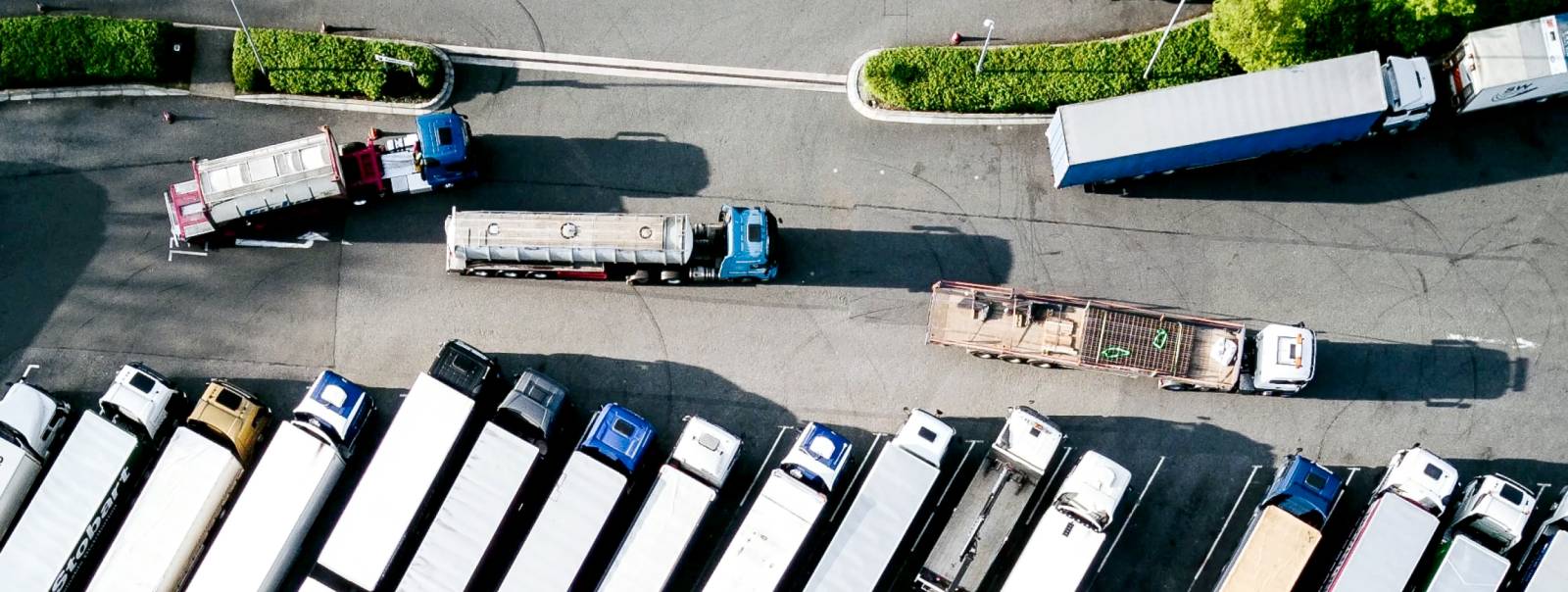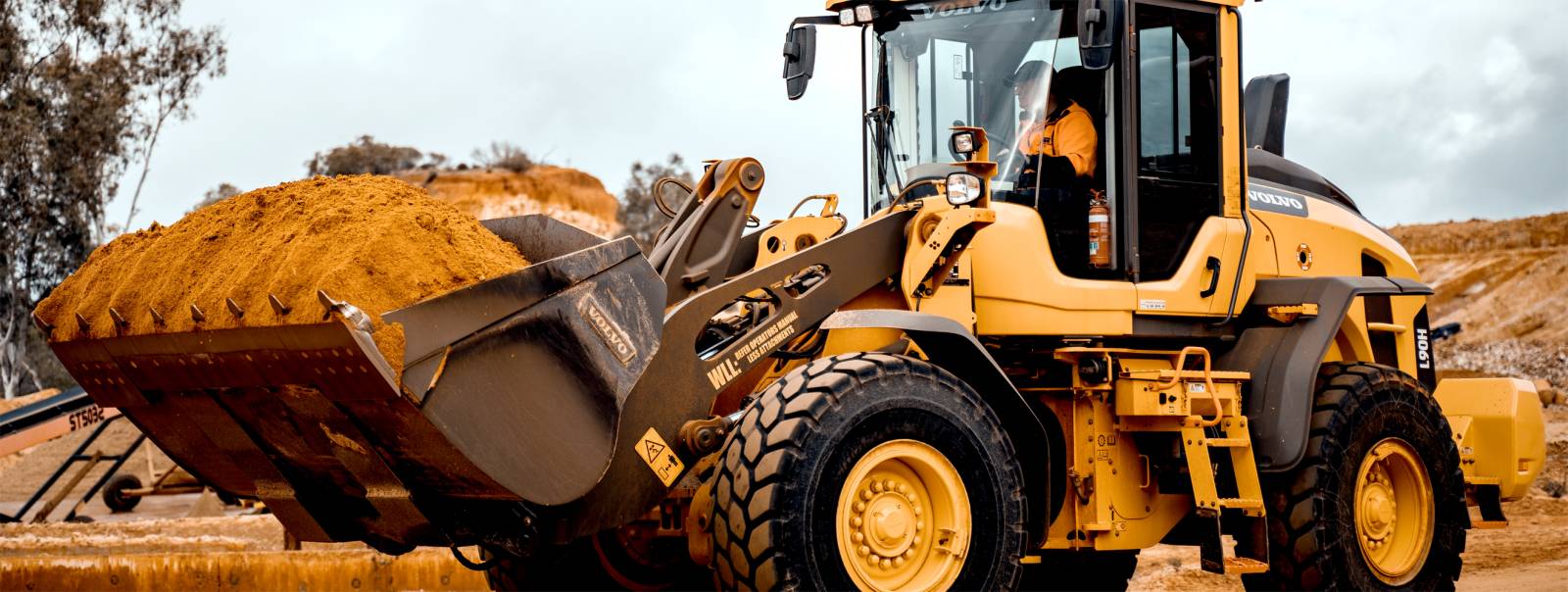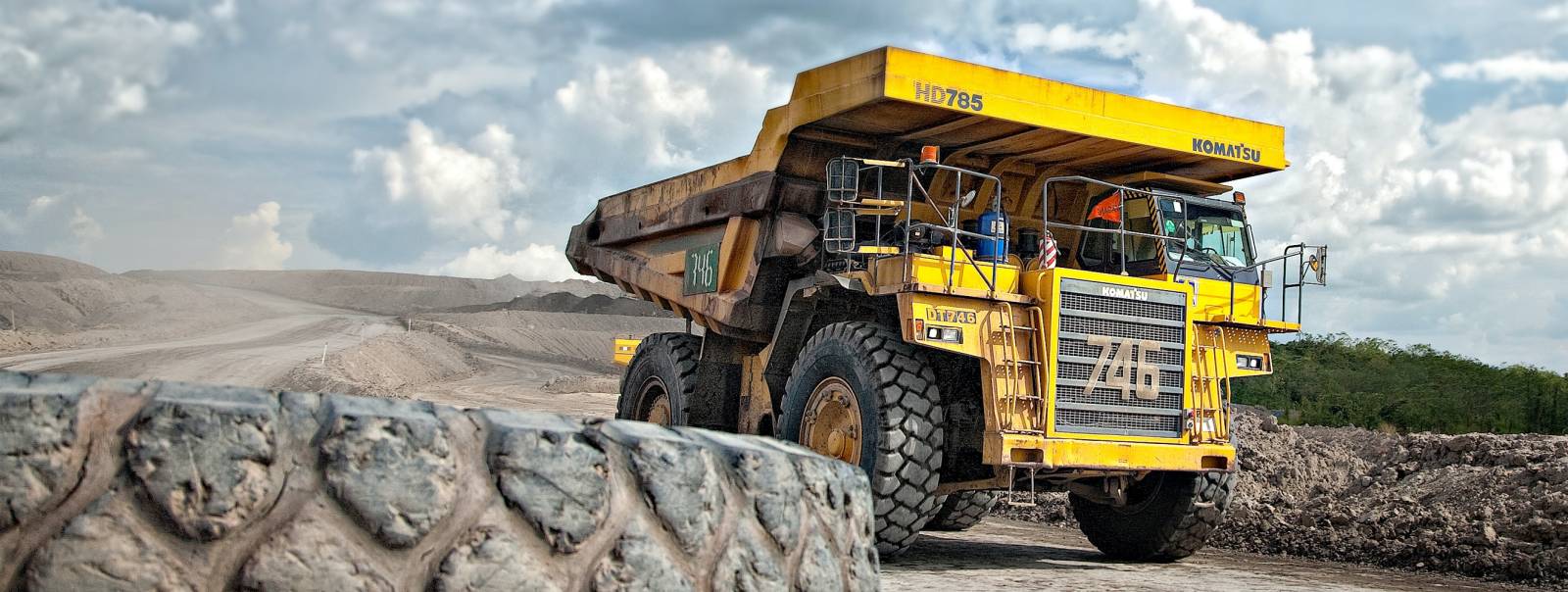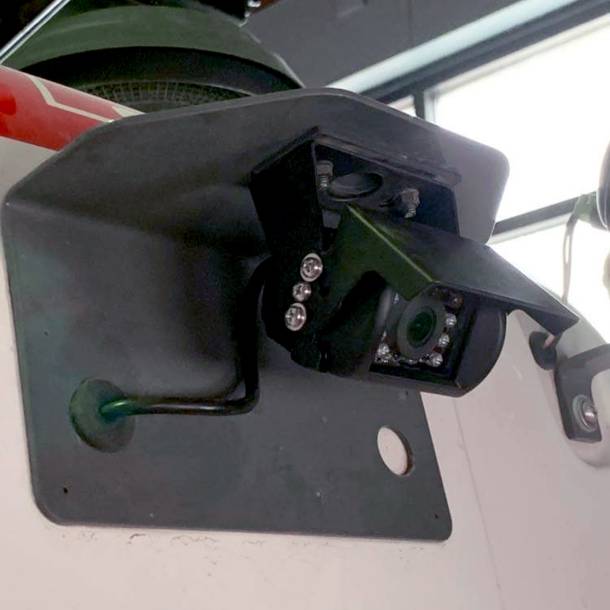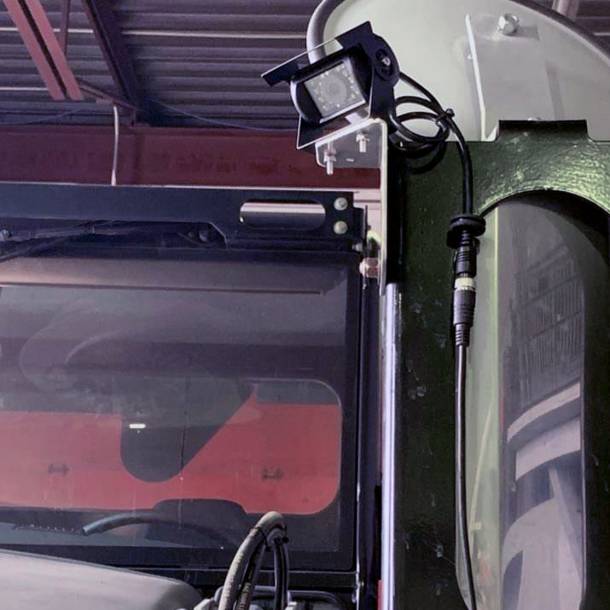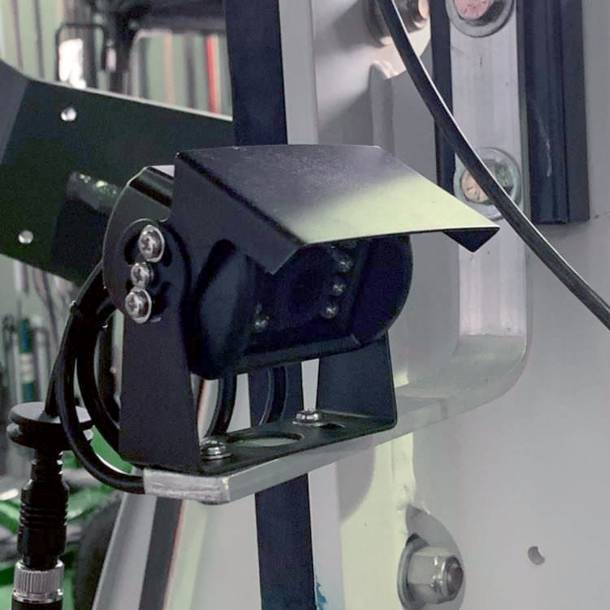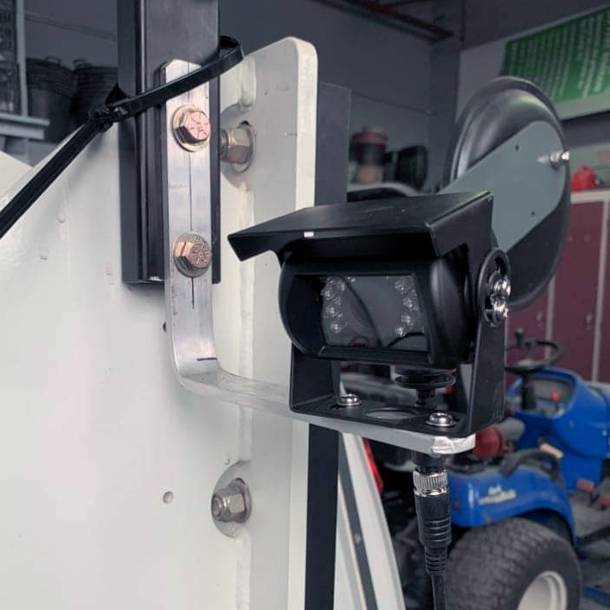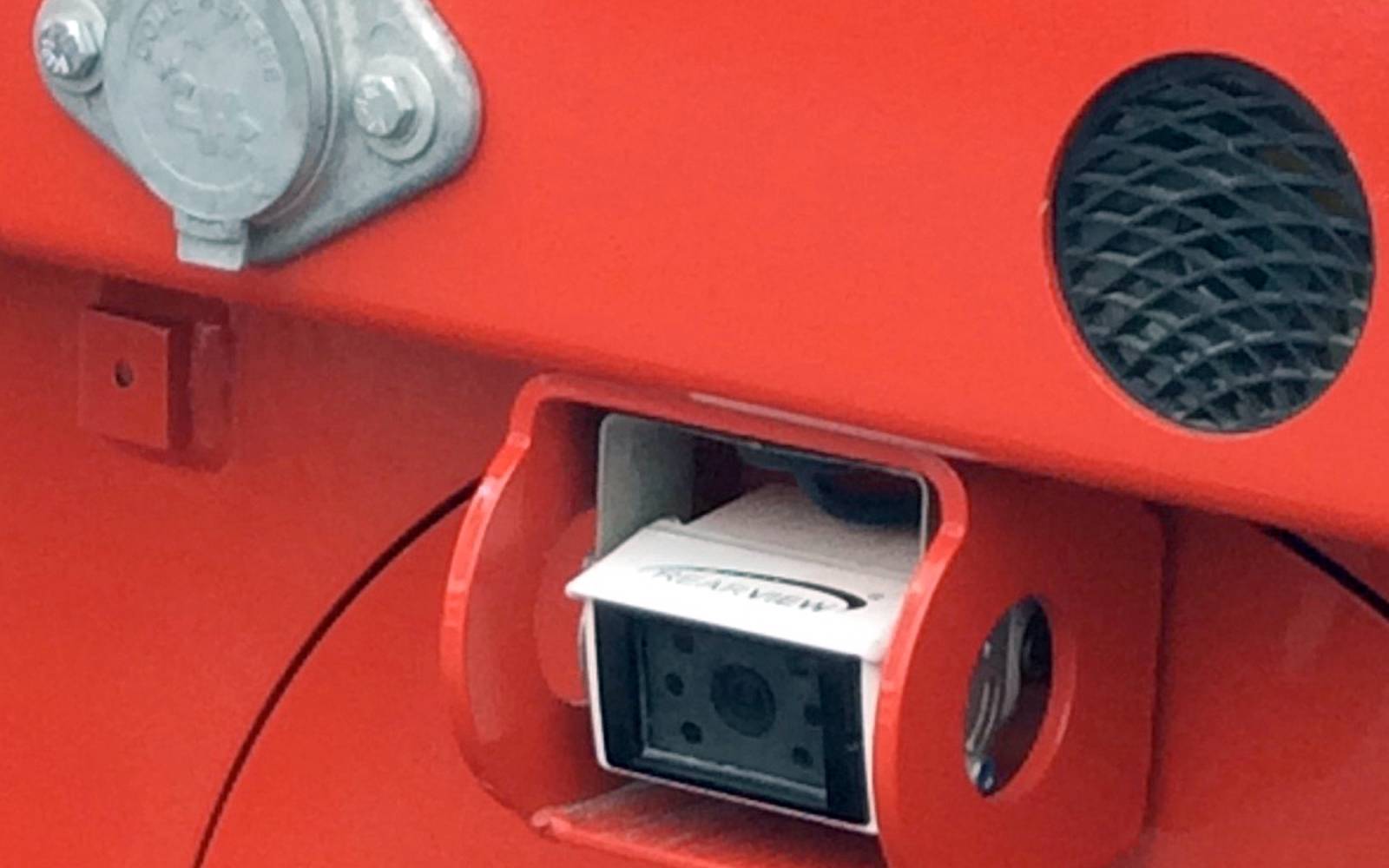How the technology works
Rear view cameras display the area directly behind a vehicle when it is in reverse to help the driver avoid hitting an object. They also protect vulnerable road users. These systems display the surveillance area on a screen in the dashboard or in a specially adapted rear-view mirror. Regulations require installation on passenger cars, SUVs, pickup trucks and minivans in Canada
Other names for this technology
- Reversing aids
- Rear view cameras
- Rear visibility systems
- Rear camera
Description
Things to Remember
- Rear view cameras show a clear view of what is behind the vehicle
- Several vehicles equipped with reversing cameras also have a parking collision warning system that warns you when there is an obstacle using audio and visual signals
- Rear view cameras rely on you reversing slowly so you have enough time to avoid hitting an object
- The effectiveness of reversing cameras also depends on your driving habits
- Looking over your shoulder and observing the displayed image as well as the mirrors often improves your chances of seeing obstacles
- You should read your owner's manual to learn more about your vehicle's system, including its capabilities and limitations


